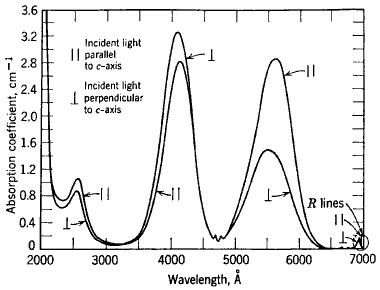
Photo-pumping of ions to create a population inversion is highly inefficient because most photon sources are broadband emitters of black body radiation, and only a small fraction of the energy within a very narrow range of wavelengths near the resonant absorption frequency of the transition can participate in pumping.
For this reason, most laboratory ion or atomic vapour lasers aren't photo-pumped with flashlamps or arclamps, they are instead excited by electron bombardment from a discharge.
Photon-pumping of ions is used only if a gas discharge lamp with a strong emission line corresponding to the same difference in energy as one of the transitions in the lasing medium.

Plot of absorption coefficient of ruby demonstrates the efficient transfer
of pump power from the wide spectrum blackbody produced by flash-lamp to the
chromium ions. The extremely narrow atomic absorption lines in gases
eliminates photopumping as a laser pump mechanism.
Although history has shown otherwise, it was generally agreed that the first optical lasers would be gas irradiated with spectral lamps. Gould (1962) constructed a cesium vapour laser optically excited excited with a helium lamp long after the more practical lasers were commonplace. According to Lengyel (1971), because it functions by a chance coincidence of spectral lines, it is a freak, or a monument to prodigious amounts of effort and federal money expended for an objective that became almost meaningless before it was accomplished. This is why optical pumping of astrophysical lasers is not a viable population inversion mechanism.
Three conditions must be met before pumping by stellar radiation can be effective:
However, three body recombination within a rapidly cooled plasma can easily lead to population inversion in many ions under various plasma conditions. Intense laser irradiation has been used to heat a plasma to high temperatures in order to strip away electrons and encourage collisional excitation, however strictly specking this is not photon-pumping, for any other rapid means of heating a plasma could be substituted instead.
In the very strong field of U.V. radiation surrounding a hot star electrons are stripped away from ions, and later recombine with the ions creating. Sometimes this can lead to population inversion, however since the plasma is optically thin, each UV photon may have to travel a great distance before being absorbed, allowing time for internal processes within the ions to come return the levels to an equilibrium distribution. The rapidly cooling stellar wind from a hot star is a much more efficient mechanism for recombination pumping, as we shall see later.